Happy Mystery Monday! Who did we find enjoying the summer morning dew by Emily’s Play Garden?
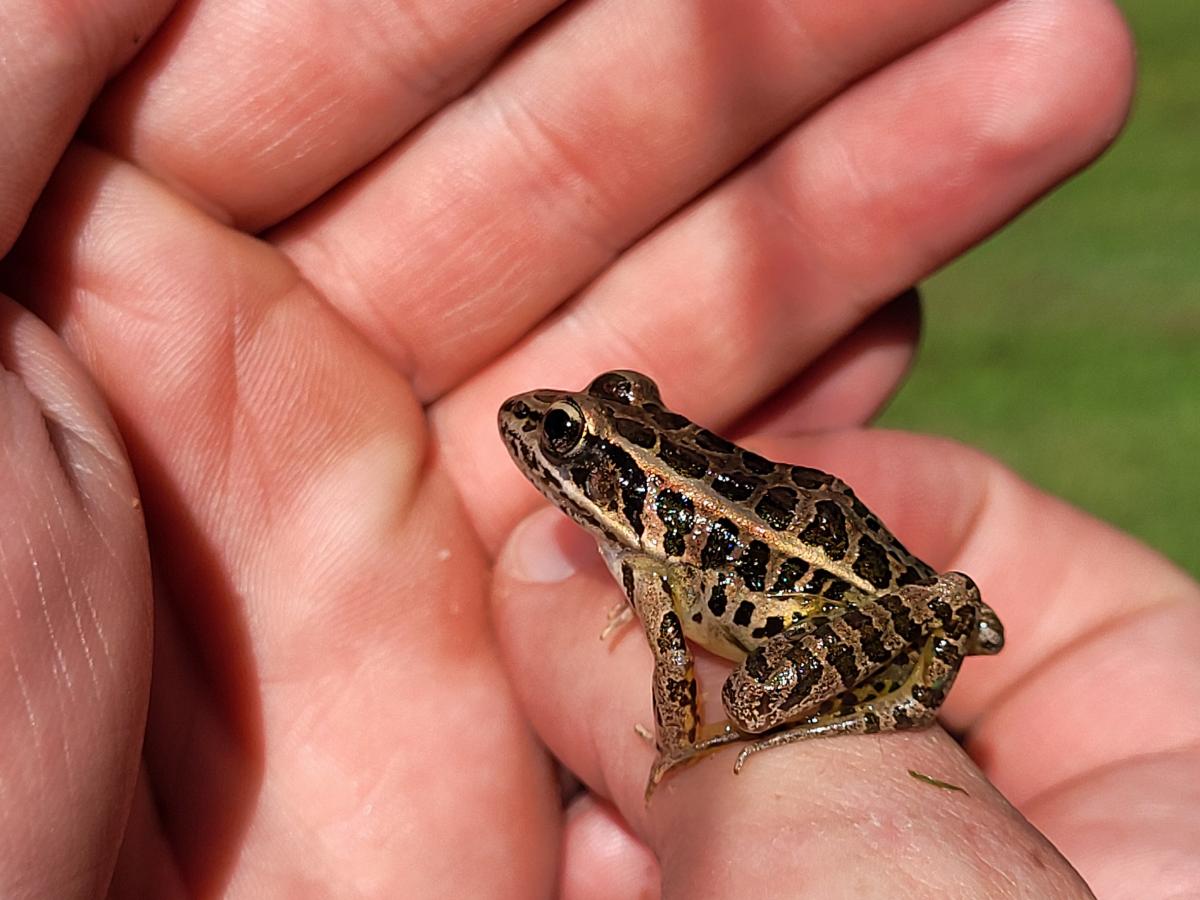 Last week, we asked you about lespedeza or silky bush clover (Lespedeza cuneata). Lespedeza is considered invasive because it is non-native and forms dense patches in meadows and forest edges outcompeting native plants. This invasive lespedeza tends to have white blooms with purple centers. There is a native species (Lespedeza virginica) with pink flowers that is helpful in providing cover and food for birds in the winter. Lespedeza is a nitrogen fixing legume (Fabaceae), so it is very effective at growing in nutrient-deficient or disturbed soils.
Last week, we asked you about lespedeza or silky bush clover (Lespedeza cuneata). Lespedeza is considered invasive because it is non-native and forms dense patches in meadows and forest edges outcompeting native plants. This invasive lespedeza tends to have white blooms with purple centers. There is a native species (Lespedeza virginica) with pink flowers that is helpful in providing cover and food for birds in the winter. Lespedeza is a nitrogen fixing legume (Fabaceae), so it is very effective at growing in nutrient-deficient or disturbed soils.
#adkinsarboretum #lespedeza #mysterymonday #mysteryplant #mysteryfrog #fabaceae #knowyourplantfamilies
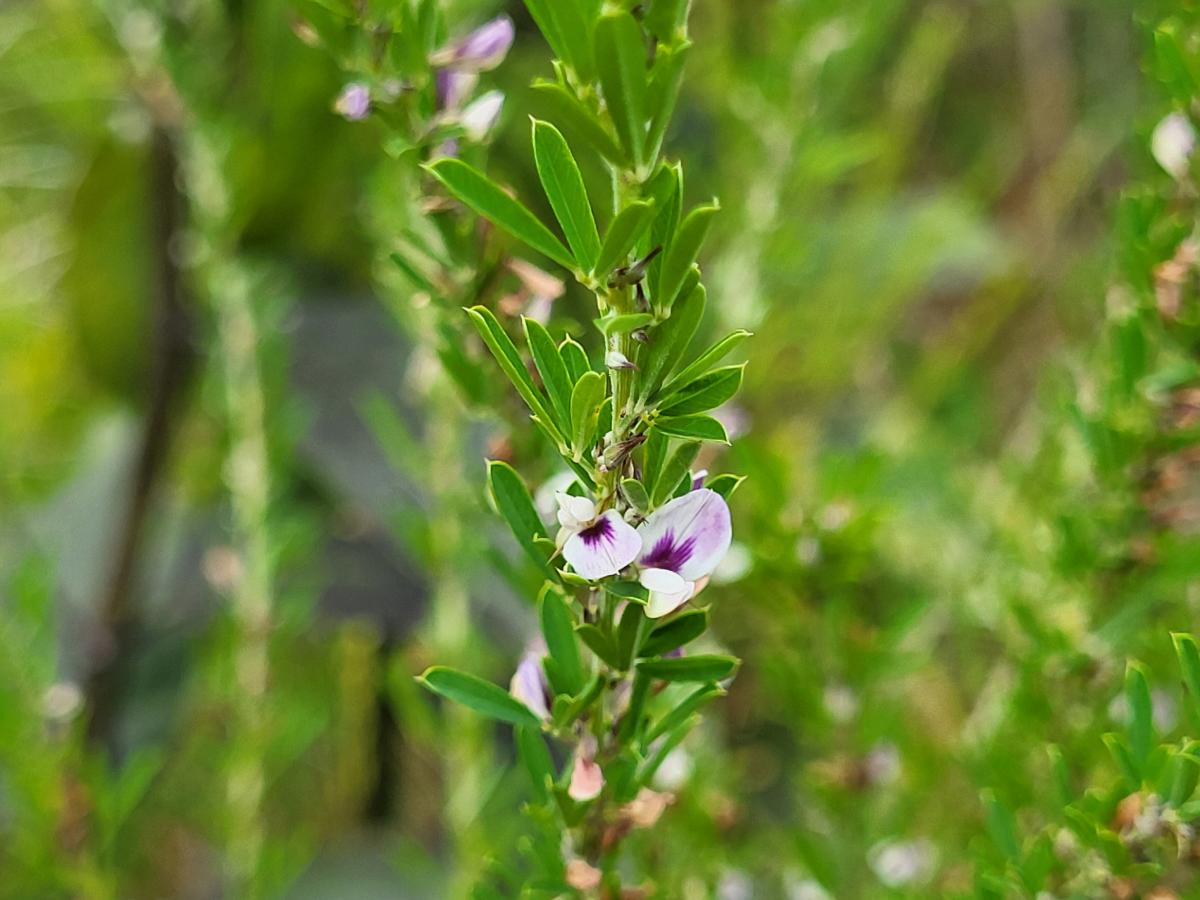 Adkins Mystery Monday is sponsored by the Spy Newspapers and Adkins Arboretum. For more information go here.
Adkins Mystery Monday is sponsored by the Spy Newspapers and Adkins Arboretum. For more information go here.



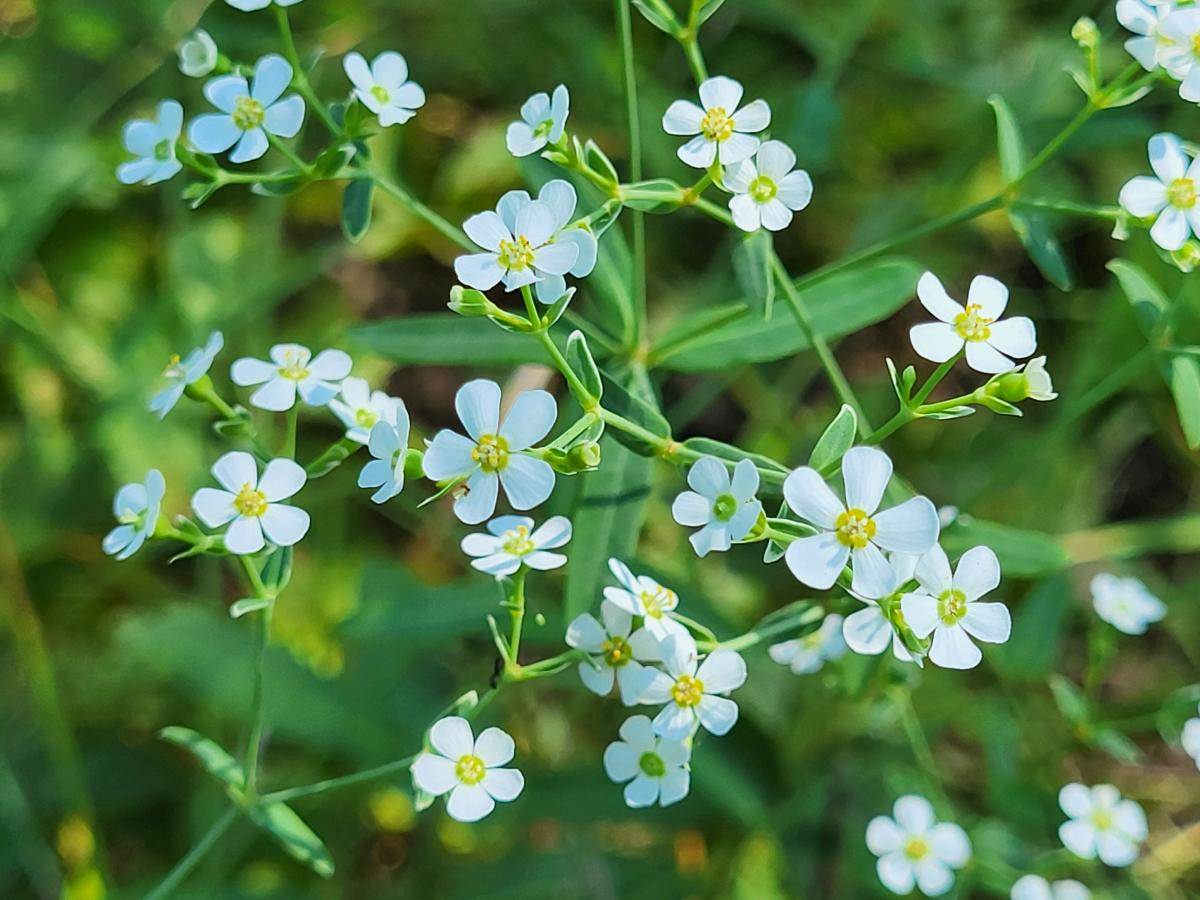 Last week, we asked you about the variegated fritillary caterpillar (Euptoieta claudia)! This red, black, and white caterpillar will transform into a beautiful orange butterfly with patterns of black and brown. The variegated fritillary uses passionflower (in addition to mayapples and violets) as a host plant. If you find yourself at Emily’s Play Garden, watch for these butterflies and you may even see them laying their eggs on the leaves. Just remember that their genus name comes from the Greek word meaning “easily scared,” so be quiet and gentle while you observe.
Last week, we asked you about the variegated fritillary caterpillar (Euptoieta claudia)! This red, black, and white caterpillar will transform into a beautiful orange butterfly with patterns of black and brown. The variegated fritillary uses passionflower (in addition to mayapples and violets) as a host plant. If you find yourself at Emily’s Play Garden, watch for these butterflies and you may even see them laying their eggs on the leaves. Just remember that their genus name comes from the Greek word meaning “easily scared,” so be quiet and gentle while you observe.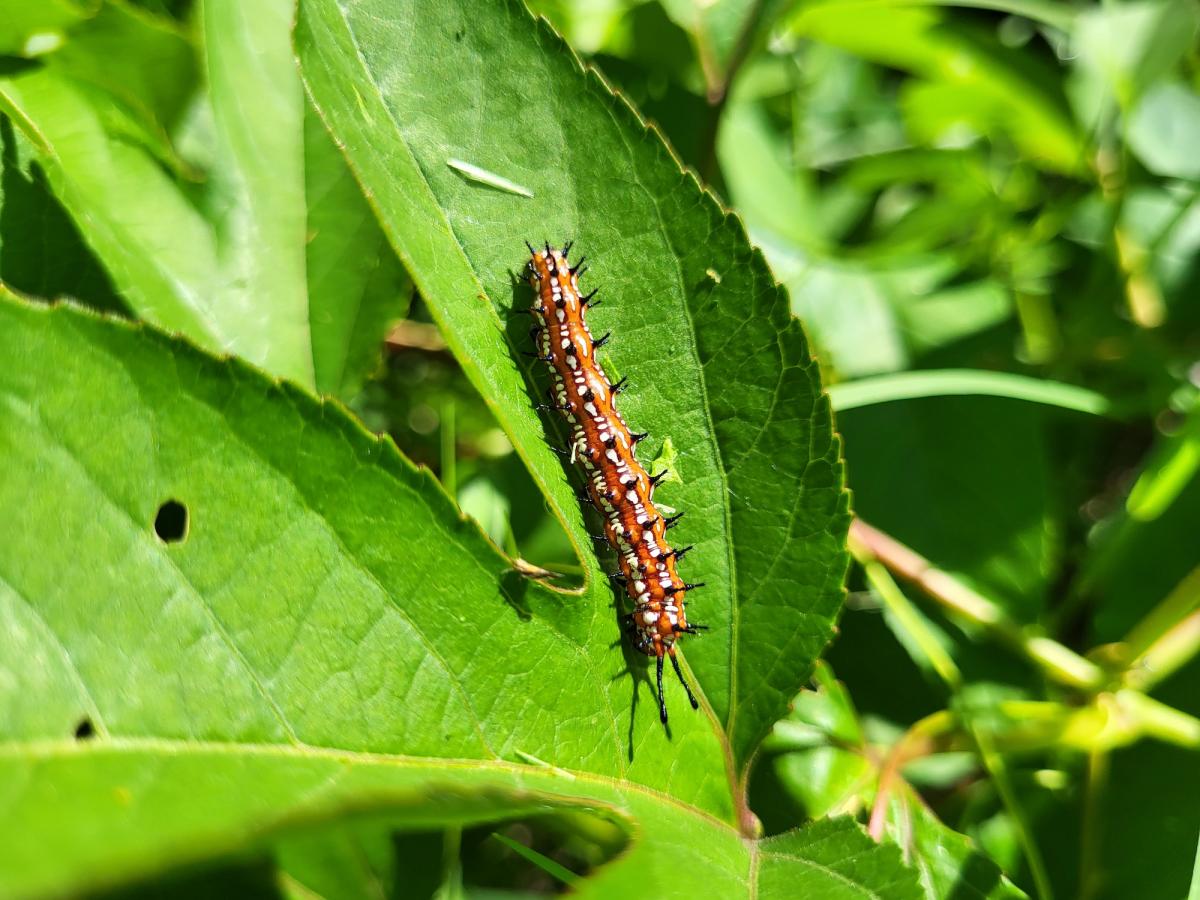 Adkins Mystery Monday is sponsored by the Spy Newspapers and Adkins Arboretum. For more information go
Adkins Mystery Monday is sponsored by the Spy Newspapers and Adkins Arboretum. For more information go  Last week, we asked you about the tussock moth (Halysidota sp.). Sycamore tussock moths (Halysidota harrisii) appear identical to banded tussock moths (Halysidota tessellaris) and without a close look at some anatomical features, we can’t be sure which species this is. The American sycamore appears to be a host plant for both species. There are many species of tussock moths whose hairs are used as a defense mechanism, some of which can sting or cause a rash. So, keep in mind that these “fuzzy wuzzy” caterpillars may look cuddly, but best to let them be.
Last week, we asked you about the tussock moth (Halysidota sp.). Sycamore tussock moths (Halysidota harrisii) appear identical to banded tussock moths (Halysidota tessellaris) and without a close look at some anatomical features, we can’t be sure which species this is. The American sycamore appears to be a host plant for both species. There are many species of tussock moths whose hairs are used as a defense mechanism, some of which can sting or cause a rash. So, keep in mind that these “fuzzy wuzzy” caterpillars may look cuddly, but best to let them be.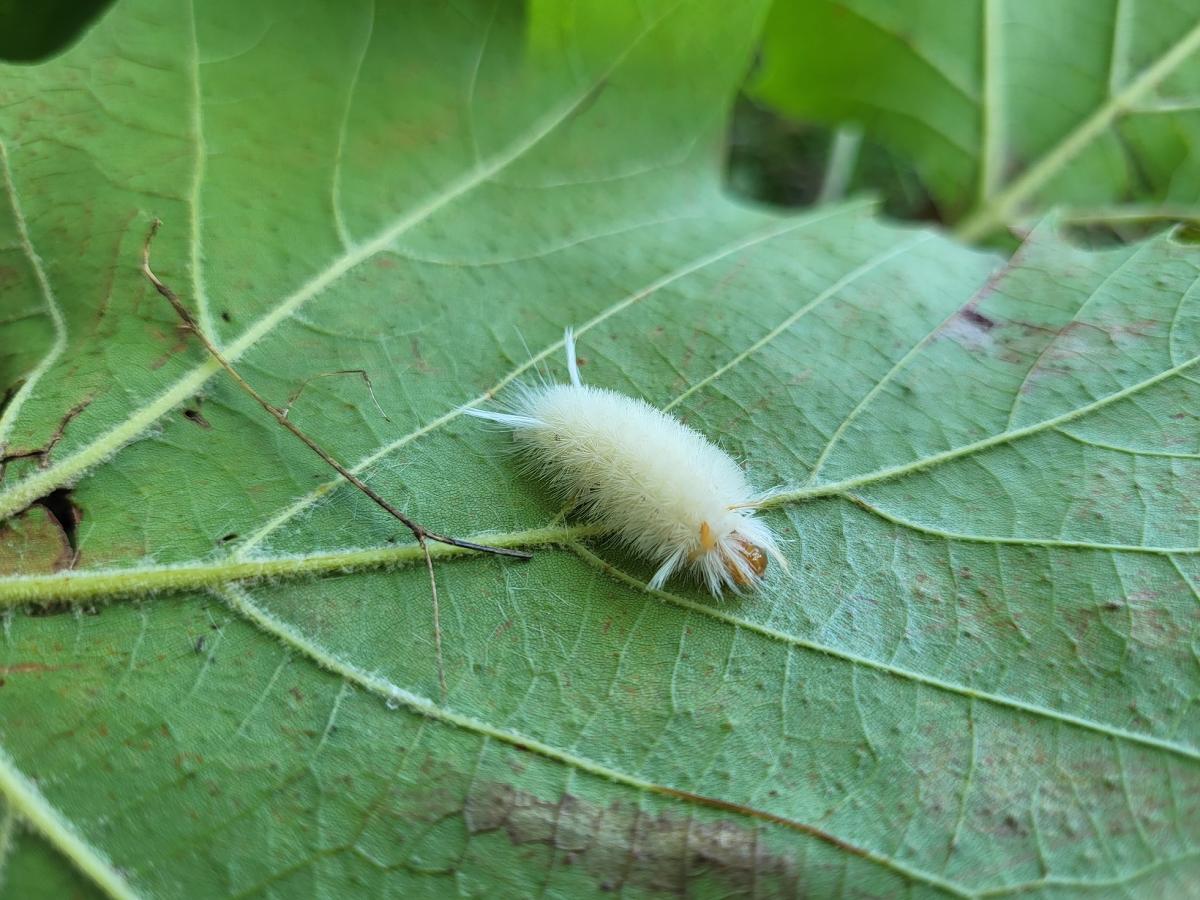 Adkins Mystery Monday is sponsored by the Spy Newspapers and Adkins Arboretum. For more information go
Adkins Mystery Monday is sponsored by the Spy Newspapers and Adkins Arboretum. For more information go  Last week, we asked you about spotted knapweed (Centaurea stoebe). Spotted knapweed is an invasive plant that tends to grow in disturbed and nutrient-deficient soils. Each plant can produce between 1,000 to 20,000 seeds each year, so it is important to prevent it from setting seed! Every summer, we control the knapweed by manual removal and mowing to allow the areas to seed in with the desirable native meadow species.
Last week, we asked you about spotted knapweed (Centaurea stoebe). Spotted knapweed is an invasive plant that tends to grow in disturbed and nutrient-deficient soils. Each plant can produce between 1,000 to 20,000 seeds each year, so it is important to prevent it from setting seed! Every summer, we control the knapweed by manual removal and mowing to allow the areas to seed in with the desirable native meadow species.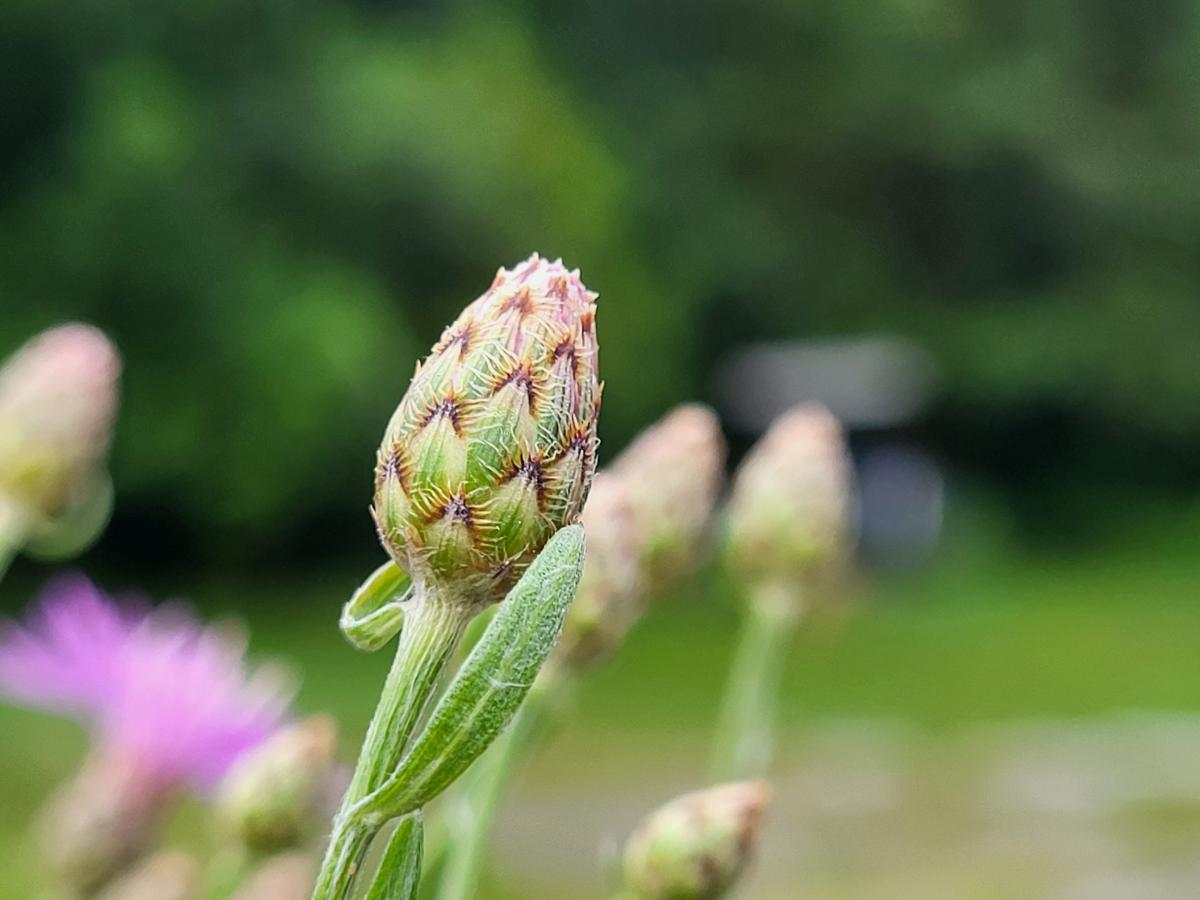 Adkins Mystery Monday is sponsored by the Spy Newspapers and Adkins Arboretum. For more information go
Adkins Mystery Monday is sponsored by the Spy Newspapers and Adkins Arboretum. For more information go  Last week, we asked you about swamp rose mallow (Hibiscus moscheutos)! Swamp rose mallow is slow to break dormancy in the spring, but once it does, it can reach 3 to 7 feet high with abundant blooms ranging from white to pink. There are even some red cultivars available! These plants like it wet and swampy and are very attractive to bees, hummingbirds, and butterflies.
Last week, we asked you about swamp rose mallow (Hibiscus moscheutos)! Swamp rose mallow is slow to break dormancy in the spring, but once it does, it can reach 3 to 7 feet high with abundant blooms ranging from white to pink. There are even some red cultivars available! These plants like it wet and swampy and are very attractive to bees, hummingbirds, and butterflies.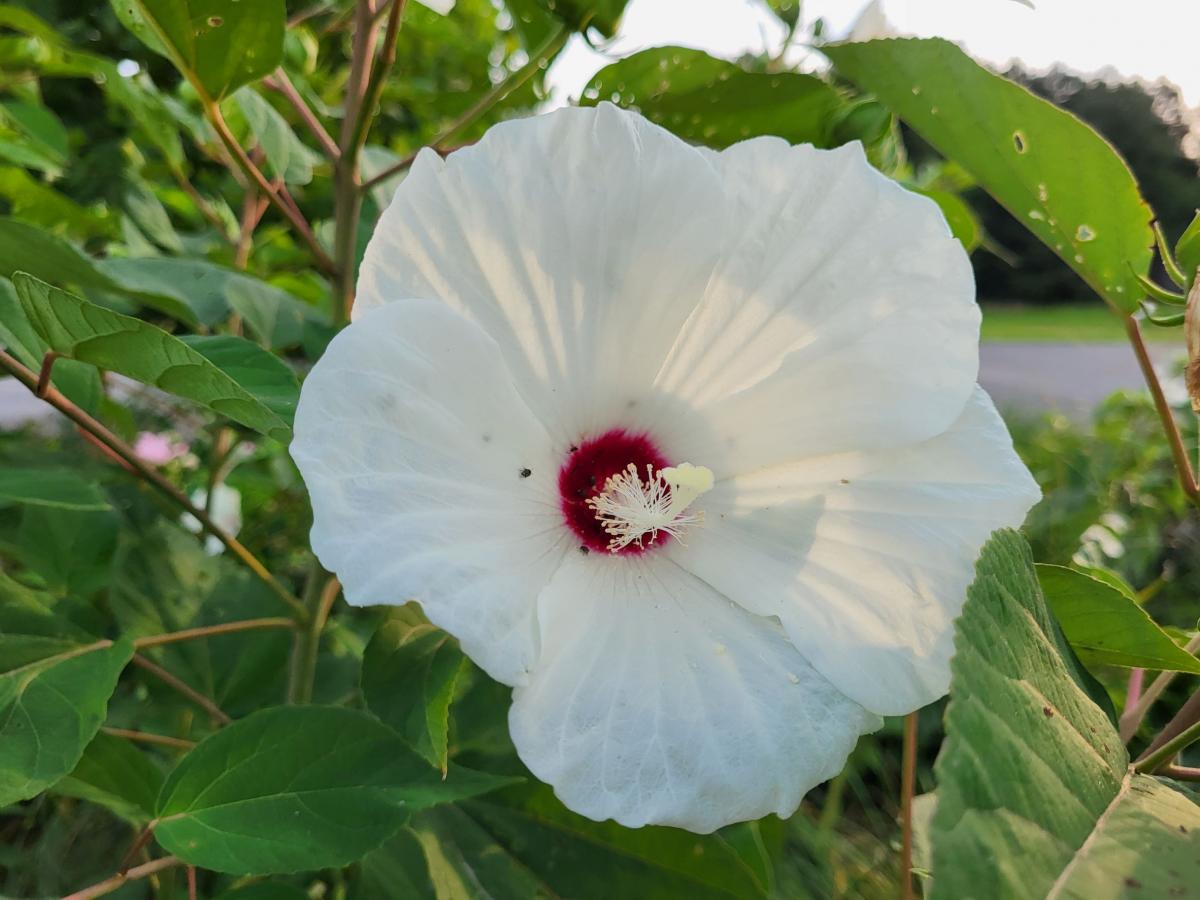 Adkins Mystery Monday is sponsored by the Spy Newspapers and Adkins Arboretum. For more information go
Adkins Mystery Monday is sponsored by the Spy Newspapers and Adkins Arboretum. For more information go  Last week, we asked you about dodder (Cuscuta sp.)! Dodder is an annual parasitic plant that grows on other plants and taps into their stem using a modified root structure called a haustoria. By using a host plant for structure and nutrients, dodder’s only chore is to bloom and set seed for future generations. There are seven species of dodder in Maryland and it can generally be identified by the stem and flower color, as well as the flower part arrangement.
Last week, we asked you about dodder (Cuscuta sp.)! Dodder is an annual parasitic plant that grows on other plants and taps into their stem using a modified root structure called a haustoria. By using a host plant for structure and nutrients, dodder’s only chore is to bloom and set seed for future generations. There are seven species of dodder in Maryland and it can generally be identified by the stem and flower color, as well as the flower part arrangement.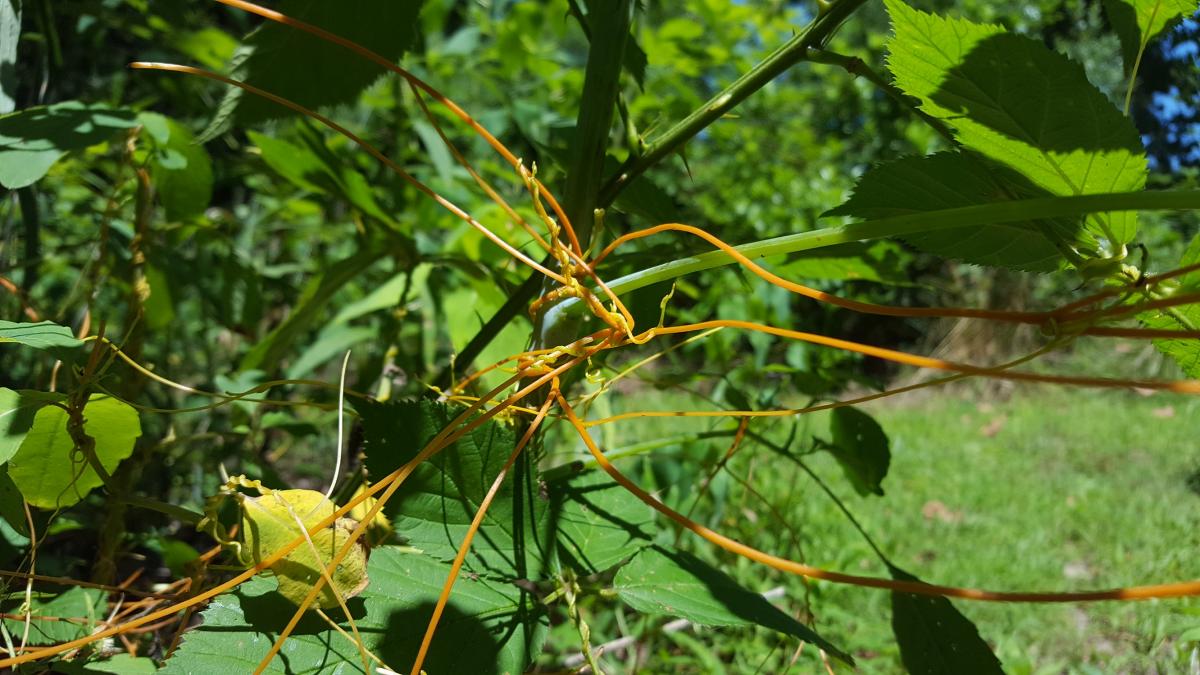 Adkins Mystery Monday is sponsored by the Spy Newspapers and Adkins Arboretum. For more information go
Adkins Mystery Monday is sponsored by the Spy Newspapers and Adkins Arboretum. For more information go  Last week, we highlighted the nodding onion (Allium cernuum). Nodding onion is beautiful in mass plantings, offering delicate blooms bowing in the summer breeze. Nodding onion flowers range from white to pastel pink and are very attractive to hummingbirds, bees, and butterflies. This native perennial is a host plant for the hairstreak butterfly and can grow in stressful environments, like full sun, dry, and sandy soils.
Last week, we highlighted the nodding onion (Allium cernuum). Nodding onion is beautiful in mass plantings, offering delicate blooms bowing in the summer breeze. Nodding onion flowers range from white to pastel pink and are very attractive to hummingbirds, bees, and butterflies. This native perennial is a host plant for the hairstreak butterfly and can grow in stressful environments, like full sun, dry, and sandy soils.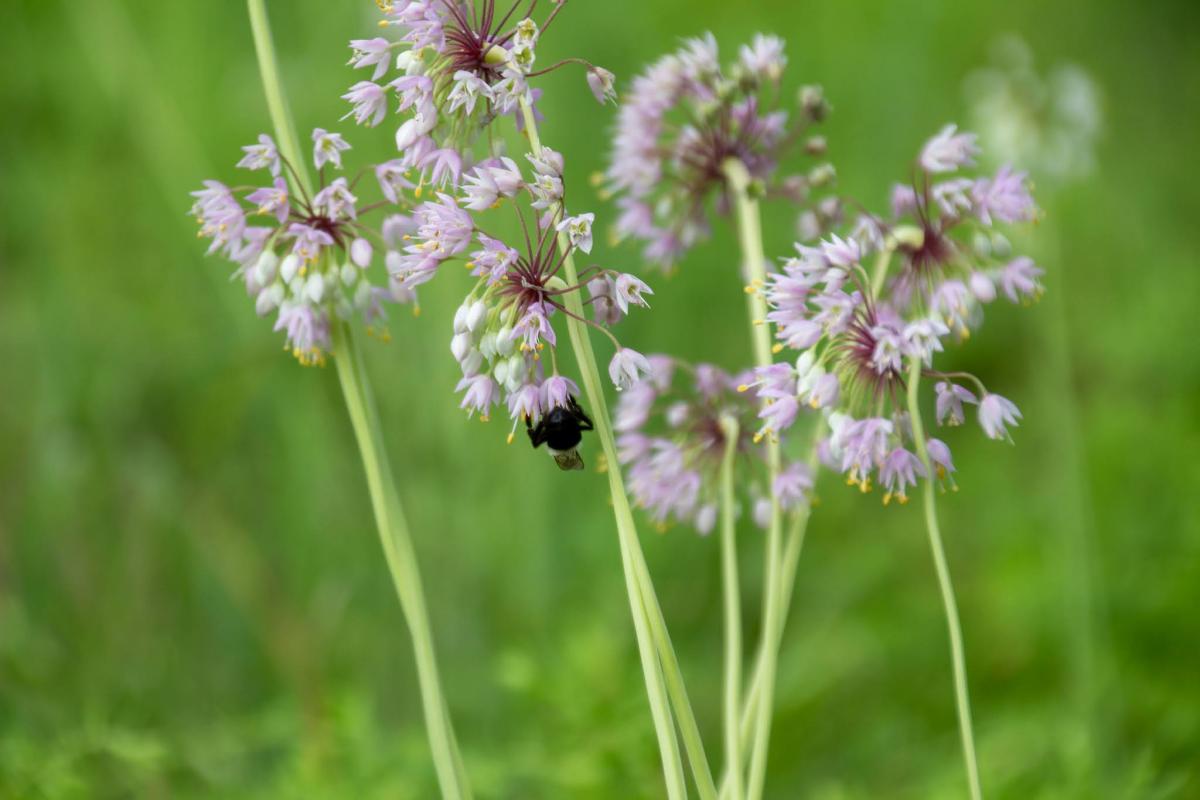 Adkins Mystery Monday is sponsored by the Spy Newspapers and Adkins Arboretum. For more information go
Adkins Mystery Monday is sponsored by the Spy Newspapers and Adkins Arboretum. For more information go 
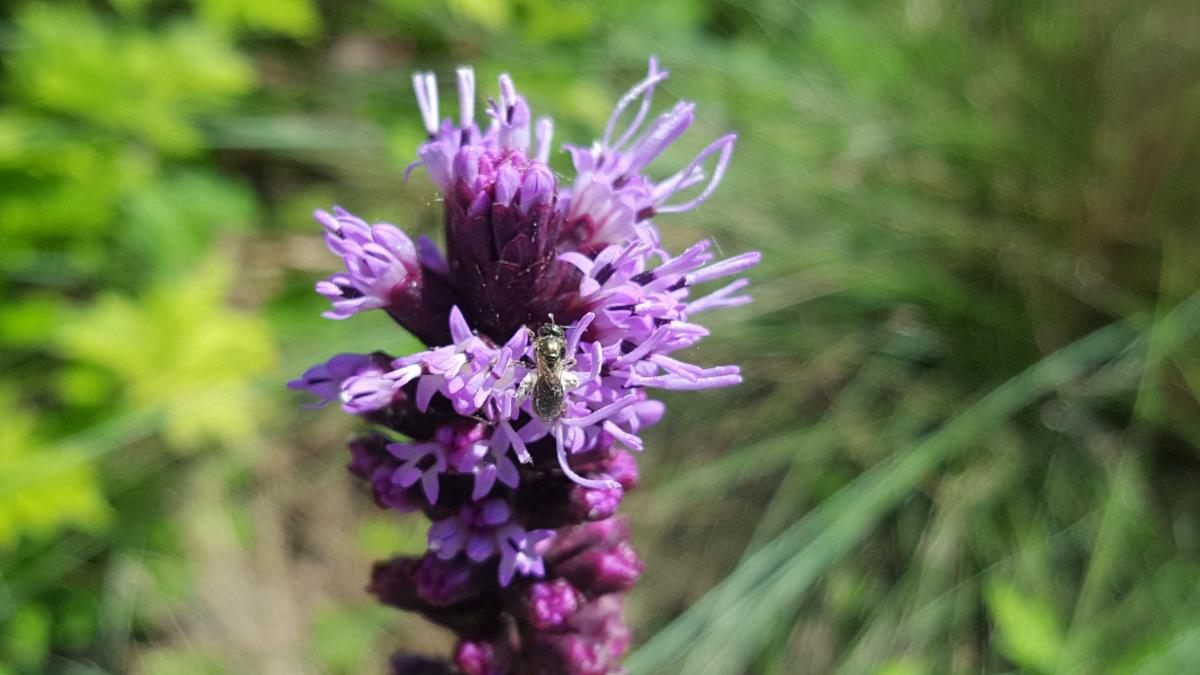 Adkins Mystery Monday is sponsored by the Spy Newspapers and Adkins Arboretum. For more information go
Adkins Mystery Monday is sponsored by the Spy Newspapers and Adkins Arboretum. For more information go 


 Last week, we asked you about wild bergamot (Monarda fistulosa)! This powerhouse pollinator plant boasts shades of pastel pink and purple in the summer. Monarda is in the mint family and certainly acts like it, as it has a tendency to spread and fill in an area. Its aromatic petals and leaves have a peppery oregano flavor.
Last week, we asked you about wild bergamot (Monarda fistulosa)! This powerhouse pollinator plant boasts shades of pastel pink and purple in the summer. Monarda is in the mint family and certainly acts like it, as it has a tendency to spread and fill in an area. Its aromatic petals and leaves have a peppery oregano flavor.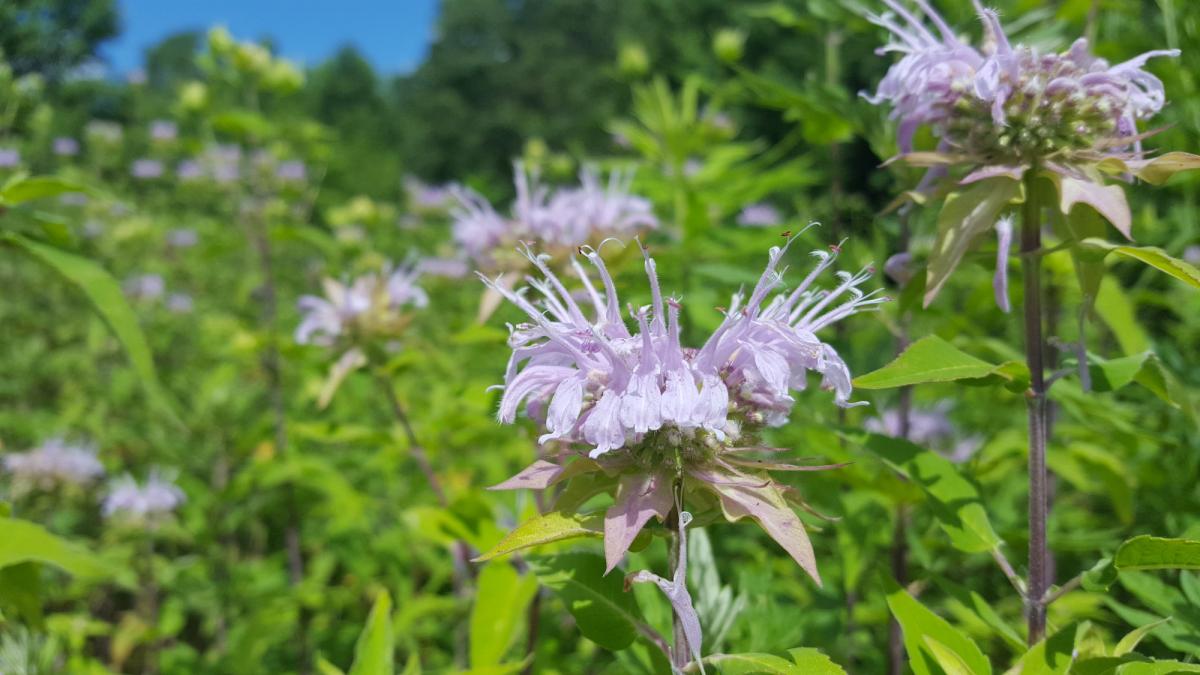 Adkins Mystery Monday is sponsored by the Spy Newspapers and Adkins Arboretum. For more information go
Adkins Mystery Monday is sponsored by the Spy Newspapers and Adkins Arboretum. For more information go